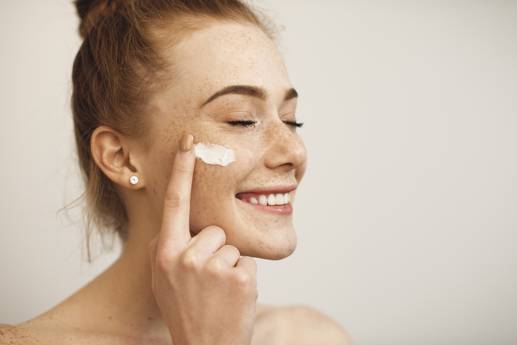The day cream is applied during the day and the night cream at night. Sounds logical, but you can do it differently in winter. Because then the skin needs particularly oily care during the day.
This is what the Cologne dermatologist Uta Schlossberger points out. “We know that from eight degrees below the sebaceous glands stop producing sebum,” says Schlossberger.
The skin’s natural protection suffers. In addition, in the winter months there is a frequent change between dry heated air indoors and cold air outside. This puts a strain on the facial skin. It is often drier than in summer and flakes.
More oil for the skin in winter
If you wear a moisture-based day cream with a high water content in winter, it can freeze in freezing temperatures and thus damage the vessels in the skin.
“Therefore less moisture, more fat,” advises Schlossberger. “If you want to make it really easy for yourself, use the night cream during the day.” These products are usually higher in fat and contain less water.
Does more help more?
If you already tend to have oily skin and impurities, a better alternative to greasy night cream on winter days could be to apply cream with your usual skin care particularly frequently, says Schlossberger. If the temperature is below zero, you should also avoid creams with a high water content.
Important: Unlike some day creams, night creams usually do not have a sun protection factor. When going for long winter walks, don’t forget to apply sunscreen underneath.
Reading tips
Read More

